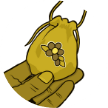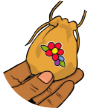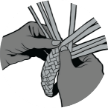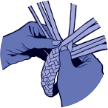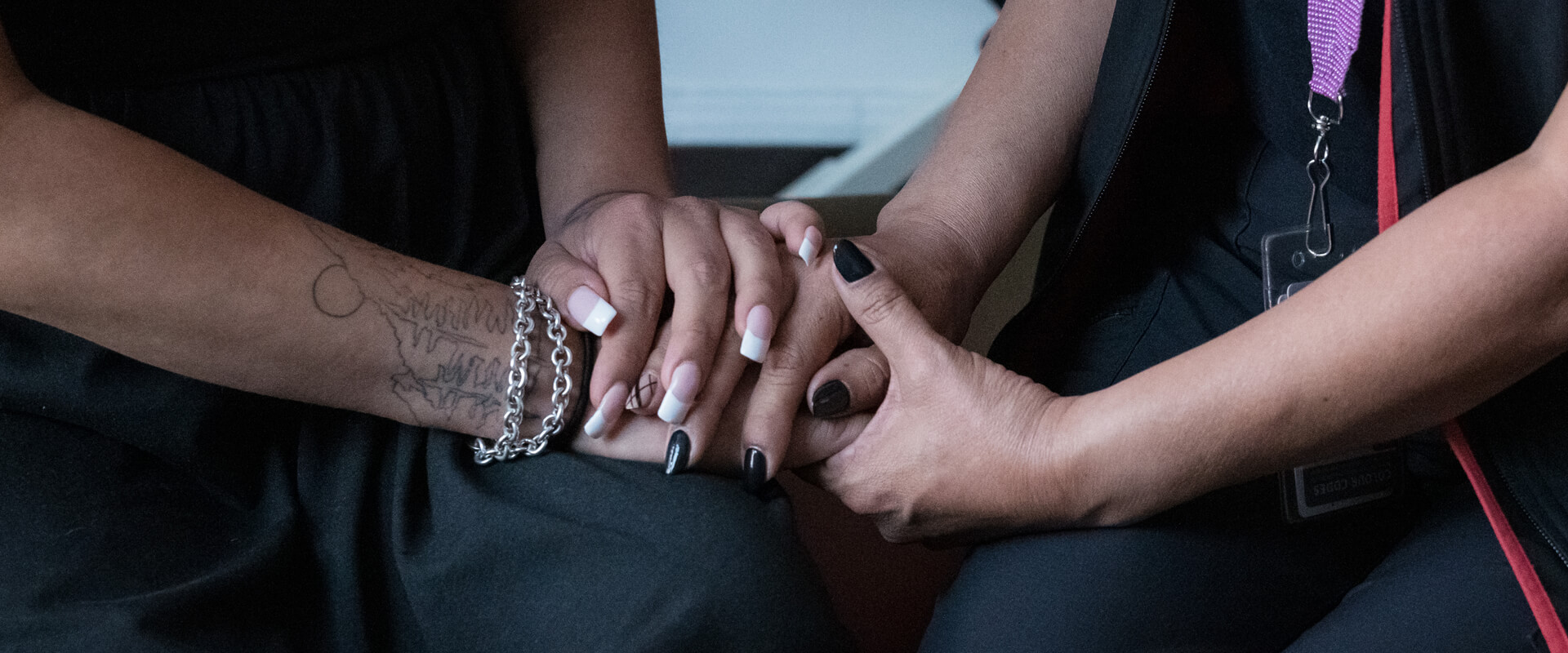
Ending Indigenous-Specific Racism and Discrimination
Indigenous Peoples fully express and exercise their distinct rights, and enjoy living in B.C. without interpersonal, systemic and institutional interference, oppression or other inequities associated with Indigenous-specific racism and discrimination, wherever they reside.
Related stories
Actions at a glance
Action
Year
Description
How far along is this work?
How complicated is this work?
Are there challenges?
How are we working together?
-
3.01
-
3.02
-
3.03
-
3.04
-
3.05
-
3.06
-
3.07
-
3.08
-
3.09
-
3.10
-
3.11
-
3.12
-
3.13
-
3.14
-
3.15
-
Action
3.01
Year
Ministry
Public Service Agency; Ministry of Finance – Crown Agencies and Board Resourcing Office
Description
How far along
is this work?How complicated
is this work?Are there
challenges?How are we
working together? -
Action
3.02
Year
Ministry
Public Service Agency, Public Sector Employers’ Council Secretariat
Description
How far along
is this work?How complicated
is this work?Are there
challenges?How are we
working together? -
Action
3.03
Year
Ministry
Ministry of Education and Child Care
Description
How far along
is this work?How complicated
is this work?Are there
challenges?How are we
working together? -
Action
3.04
Year
Ministry
Ministry of Education and Child Care
Description
How far along
is this work?How complicated
is this work?Are there
challenges?How are we
working together? -
Action
3.05
Year
Ministry
Ministry of Tourism, Arts, Culture and Sport
Description
How far along
is this work?How complicated
is this work?Are there
challenges?How are we
working together? -
Action
3.06
Year
Ministry
Ministry of Attorney General
Description
How far along
is this work?How complicated
is this work?Are there
challenges?How are we
working together? -
Action
3.07
Year
Ministry
Ministry of Health
Description
How far along
is this work?How complicated
is this work?Are there
challenges?How are we
working together? -
Action
3.08
Year
Ministry
Ministry of Public Safety and Solicitor General, Ministry of Attorney General, Ministry of Finance – Gender Equity Office
Description
How far along
is this work?How complicated
is this work?Are there
challenges?How are we
working together? -
Action
3.09
Year
Ministry
Ministry of Transportation and Infrastructure
Description
How far along
is this work?How complicated
is this work?Are there
challenges?How are we
working together? -
Action
3.10
Year
Ministry
Ministry of Attorney General, Ministry of Public Safety and Solicitor General
Description
How far along
is this work?How complicated
is this work?Are there
challenges?How are we
working together? -
Action
3.11
Year
Ministry
Ministry of Public Safety and Solicitor General, Ministry of Attorney General, Ministry of Mental Health and Addictions
Description
How far along
is this work?How complicated
is this work?Are there
challenges?How are we
working together? -
Action
3.12
Year
Ministry
Ministry of Attorney General, Ministry of Public Safety and Solicitor General
Description
How far along
is this work?How complicated
is this work?Are there
challenges?How are we
working together? -
Action
3.13
Year
Ministry
Ministry of Attorney General; Ministry of Public Safety and Solicitor General
Description
How far along
is this work?How complicated
is this work?Are there
challenges?How are we
working together? -
Action
3.14
Year
Ministry
Ministry of Citizens’ Services
Description
How far along
is this work?How complicated
is this work?Are there
challenges?How are we
working together? -
Action
3.15
Year
Ministry
Ministry of Citizens’ Services
Description
How far along
is this work?How complicated
is this work?Are there
challenges?How are we
working together?













